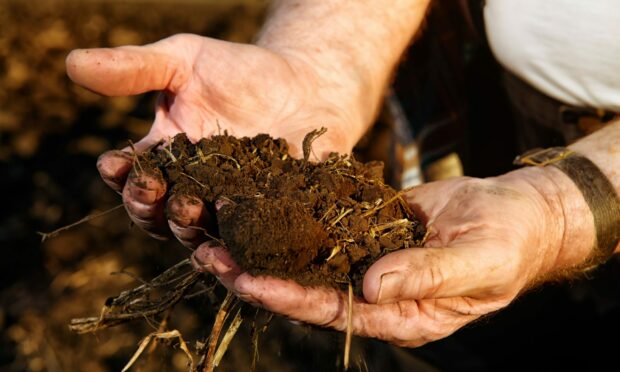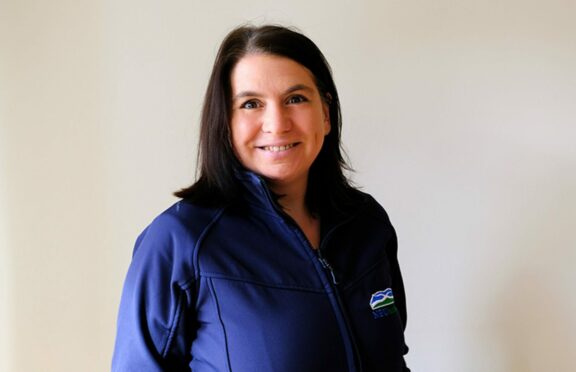Scottish farmers have been reminded of the growing risks of losing control of carbon credits on land that will be needed to offset the industry’s own greenhouse gas emissions.
The complexity of the auditing, calculation and trading of carbon were laid bare at an NFU Scotland (NFUS) webinar, where farmers were asked to consider three key points ahead of the union’s response to the UK Emissions Trading Scheme consultation.
Many of the 100 or more producers who watched the webinar responded positively to questions which asked if a standardised carbon calculator was required, if carbon trading should be available to provide an income for farmers and crofters, and if the carbon trading market should be regulated.
The demand by the major polluters – manufacturing, aviation and heavy industry – for ways of offsetting their emissions has already led to heightened values for Scottish land, particularly if it is suitable for planting trees.
However, the union’s climate policy manager, Kate Hopper, emphasised the importance of Scottish farming putting its own house in order by balancing its emissions before looking at whether there are opportunities elsewhere.
She said: “We have a responsibility in legislation to get ourselves as close to net zero as possible, but carbon trading is already happening , there’s already a market for it and that’s not going to go away.
“We need to decide where we draw the line, and what we do before we allow ourselves to carbon trade – like all other industries are doing already.”
The union’s policy director, Jonnie Hall, also insisted the industry should beware of selling its green credentials as future farm support is likely to be weighted towards farmers who not only take action to reduce their emissions but also to sequester carbon.
Kate Hopper highlighted the fact that carbon credits can only be used once and she said there is still ambiguity of the ownership of credits on tenanted land. She added that training and new “green” skills would be needed to help farmers understand the new market.
As a first step, NFUS president Martin Kennedy advised farmers to take advantage of the opportunity to complete carbon audits as part of the Scottish Government’s £51million National Test Programme in order to get accurate measurements and establish a baseline of where the industry currently stands.

